A visit to one of Geneva’s exceptional horological museums is, besides one of the finest ways of spending an afternoon in the Swiss city, a healthy reminder that the history of watchmaking is long – over 500 years – and filled with leaps in technical progress. It also reveals these exhibitions are more concerned with the origins of the craft than they are about its current landscape. For many reasons – ranging from the Quartz Crisis to the advent of digital information – there is little record of what has happened between the 1980s and today in horological museums, besides brand-led exhibits that often double as marketing and sales events. So, we wondered, what timepieces, and timepiece makers, from this era, should history save for future generations to discover, in a horological museum 500 years from now?
To help us decide, we turned to one of the guardians of traditional watchmaking, Mr. Stephen Forsey. Not only has Mr. Forsey co-launched one of the most celebrated independent brands of the era, but he's also worked exhaustively with other watchmakers that have helped shape it, receiving the benediction of a certain Mr. Philippe Dufour along the way; and he currently stands on the committee of the Chateau des Monts horology museum in Le Locle, which is home to several wristwatches from the 1990s.

Of course, Mr. Forsey was never going to pick one of his own watches, but it should be noted that Greubel Forsey has made special pieces that certainly would merit consideration – including the Art Piece 1, which features both a 30-degree double tourbillon and a microsculpture visible through a magnifier at 9 o'clock. His encyclopedic grasp of both the technical and aesthetic aspects of horology, as evidenced by Greubel Forsey's own timepieces, equips him to view the question of which watches would be museum status in a half-millennium from a unique perspective, and we can't think of a more qualified candidate to curate this theoretical exhibition.
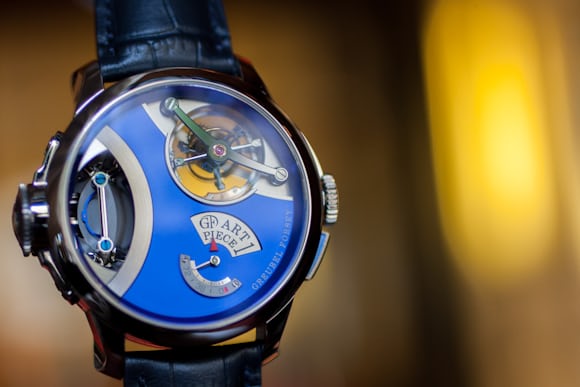


Of course, the post Quartz Crisis decades have been absolutely full of groundbreaking watches, so our list isn't comprehensive (nor is it meant to be) but we do think Stephen's choices are an intriguing look at some of the ones that were most revolutionary. Read on to see all of Forsey's choices, and his thoughts on why each watch made the cut.
IWC: Da Vinci Reference 3750

"The IWC Da Vinci reference 3750 was launched in 1985 and was the world's first automatic chronograph wristwatch with perpetual calendar, year display, and perpetual moon phase display. This, during a time when the mechanical watch industry was fighting for survival in the early 1980’s. This brave and original piece was developed by Kurt Klaus under the late Gunter Blumlein, a visionary who saw a future for mechanical watches."
Ulysse Nardin: Quantième Perpetual
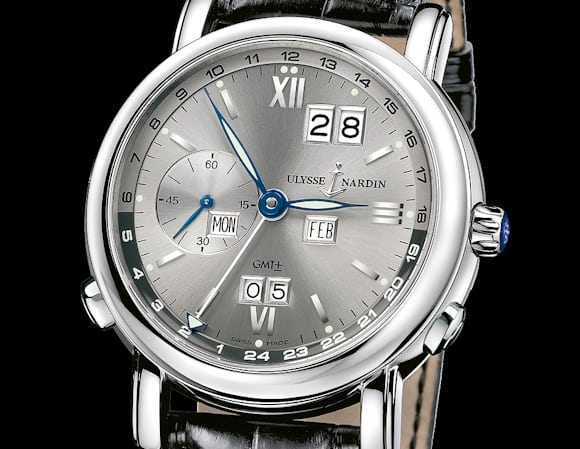
"Ulysse Nardin, founded in 1846 in Le Locle, Switzerland, was well known for their production of marine chronometers for ships; they suffered during the Quartz Crisis but have remained in continuous production. Under Rolf Schnyder in 1985 the company began its own renaissance with a trilogy of astronomically oriented wristwatches. One of their notable modern wristwatches is the Quantieme Perpetual, launched in 1999 as GMT +/-. This technical piece was the first wristwatch with a bi-directional correction of a perpetual calendar's date and month mechanism and was developed with Dr. Ludwig Oechslin." The GMT +/- also made our cut in the official HODINKEE Leap Day Perpetual Calendar Buyer's Guide.
A. Lange & Söhne: Lange 1 Big Date
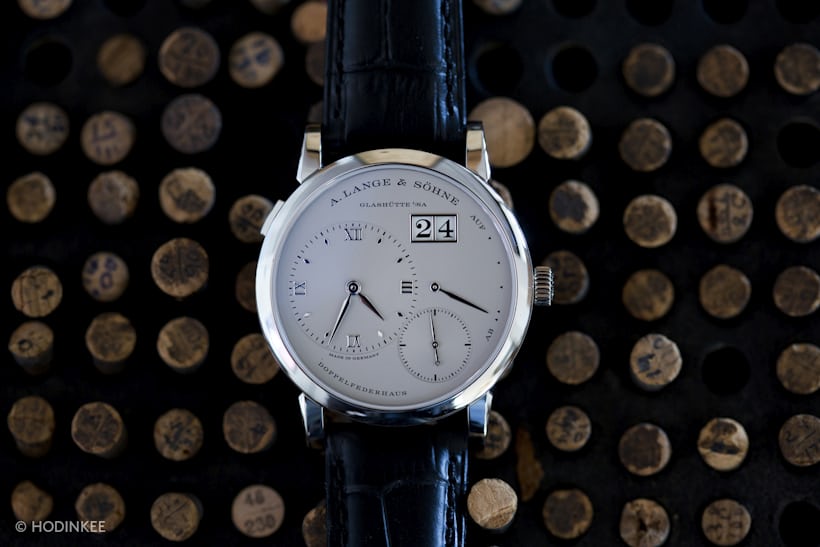
"I think the renaissance of German watchmaking with A. Lange & Söhne has been very interesting, and very important development of the past 30 years. The 'Rennaissance, Lange 1 Big Date' (1994), marked the re-launch of A.Lange & Söhne with a distinctive new dial layout. This watch takes strong cues from the rich history that had been shadowed behind the iron curtain for over 40 years. The dial of the Lange 1 was unique when it debuted. Time is displayed on the small dial to the left side of the main display and the reinterpretation of the big date feature with corrector button was very singular at the time. The attention to details and the layout of the various functions is intuitive which was a breakthrough at the time."
Swatch: Sistem51
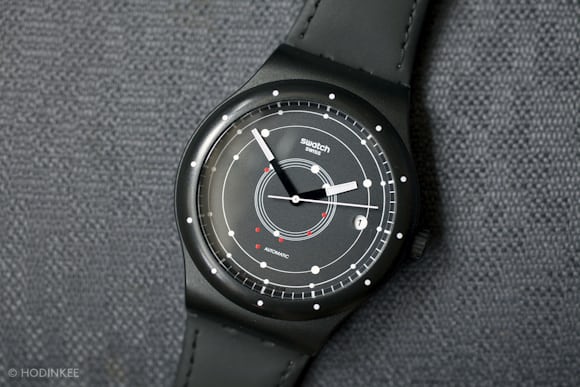
"Almost certainly you would need to have Swatch in there too (the brand within the eponymous and much larger Swatch Group). Following its launch in 1983, the brand contributed strongly to develop awareness and interest for analog wristwatches by providing an accessible and interesting entry level with regular new collections and opening the way for a new generation of collectors to discover horology. They were also the first watch manufacturer to collaborate their designs with contemporary artists. Swatch was certainly instrumental in keeping the Swatch Group alive and well, and help it ride through the storm in the '80s. Today, perhaps the Swatch Sistem51 could be used as the emblem of that movement."
The Independents
George Daniels: Four-Minute Tourbillon Chronograph Wristwatch
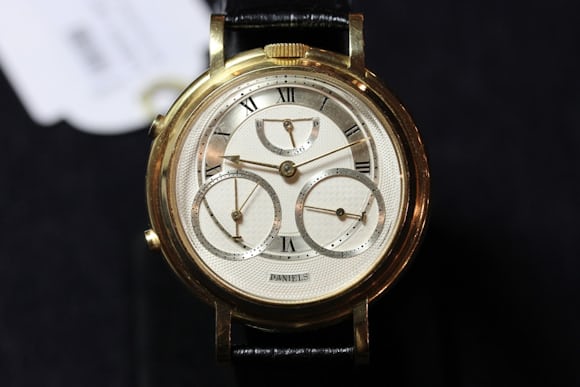
"George Daniels (1926-2011) was one of very few watchmakers who mastered the multitude of individual disciplines required to make a compete watch. He then built complete watches by hand in his one-man workshop. He is also celebrated for his invention of the coaxial escapement, which he started to design during the mid 1970s. This is an important invention, as the previous major escapement invented was the 'lever escapement' created by Thomas Mudge around 1755."
Philippe Dufour: The Simplicity
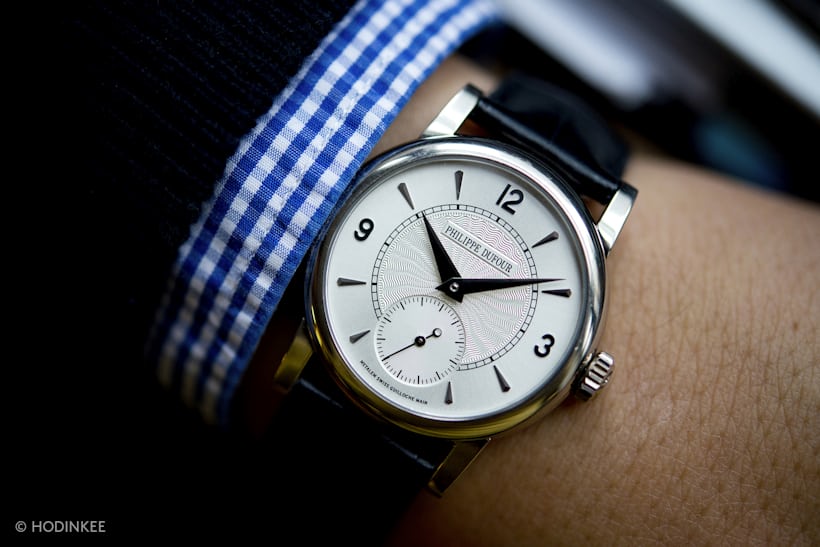
"Philippe Dufour began training as a watchmaker at 15 years old. He worked for a few high-end watch manufactures but gained very strong knowledge and skills during his time as a restorer of antique watches. He soon realized that he had to start making his own watches. He started out on his own in the mid 1980s, which makes him one of the first of this new era. He is a role model for his outstanding finishing work and is profoundly respected for defending the pure tradition of Swiss hand finished watchmaking. Since then, he has created some 200 watches. The outstanding 'Simplicity' was launched in early 2001. A three-handed, time-only, hand-wound mechanical wristwatch, it is widely recognized as an absolute reference for contemporary horology among collectors."
F.P. Journe: The Tourbillon Remontoir
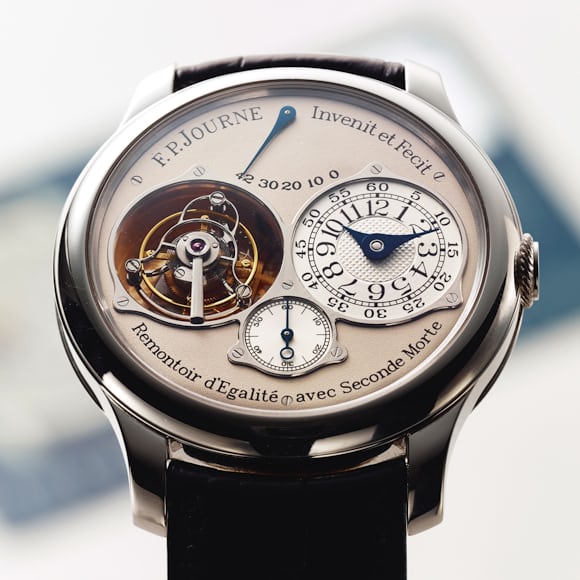
"As a talented young watchmaker, F.P. Journe made his first pocket watch in the early 1980s. He later launched his watch company in the late 1990s, having made his first Tourbillon Remontoir wristwatch in 1991. He soon became recognized for the strong codes of dial architecture across his collection. As an independent watchmaker making tourbillon wristwatches, he initiated his own distinctive watchmaking design in respect to re-implementing the codes of old master watchmakers such as Breguet. The dial of his 'Tourbillon Remontoir' with its warm golden color base and visible screws is something unusual and characteristic."
Vianney Halter: The Antiqua

"Vianney Halter started as an independent watchmaker in 1998 with the launch of the Antiqua. This watch boldly broke with conventional case design with its four separate portholes displaying the different indications of a perpetual calendar and signaling its adherence to his vision. The Antiqua is particularly important in terms of design in contemporary watchmaking. Its distinctive case design pushed the boundaries of traditional watches. The Antiqua gives a completely different approach to telling the time and somehow the feeling that you could be Captain Nemo."
MB&F: The Legacy Machine 2

"Max Büsser is part of the new generation of watch companies. Being an engineer, he associates his futuristic design ideas with talented horological artisans, designers, and professionals. One of his most iconic timepiece is the retro-futuristic 'Legacy Machine 2' that watchmakers Jean-François Mojon and Kari Voutilainen helped him build. This watch is a bold statement with the balance wheels overlaying the dial but combining with more traditional mechanical watchmaking in terms of the movement visible through the case back. Visually the mirroring symmetrical prominent balances wheels are intriguing to watch."
Richard Mille: The RM 001
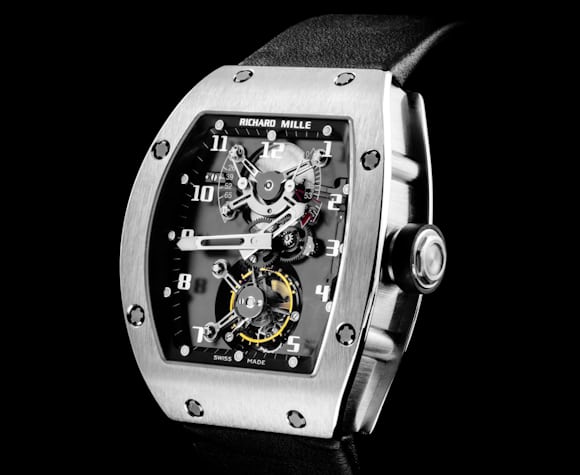
"Richard Mille launched his company in 2001 with his RM 001 model. This initiated a new form of movement with its 'engine' architecture inspired by formula 1 engine design. Richard Mille is a precursor in terms of three-dimensional movement design and transparency in wristwatches. His design philosophies and unusual architecture give a new authentic DNA to all his models, which are very recognizable to the brand."
Final Word
Who knows what visitors will find when stepping in a horological museum, 500 years from now. Hopefully, a great many more watches than we have today. Knock on wood, it seems we’re heading that way if the past 30 years are anything to go by. On the one hand, blue-chip brands – Patek Phillipe and Rolex are noteworthy omissions – continue to play a pivotal role by introducing important mechanical improvements, especially when it comes to the handling of complications. On the other, independents are challenging the status quo and enjoying unprecedented support for doing so. The only shame is that we won't be able to see if Forsey's picks will be realized.
No comments:
Post a Comment